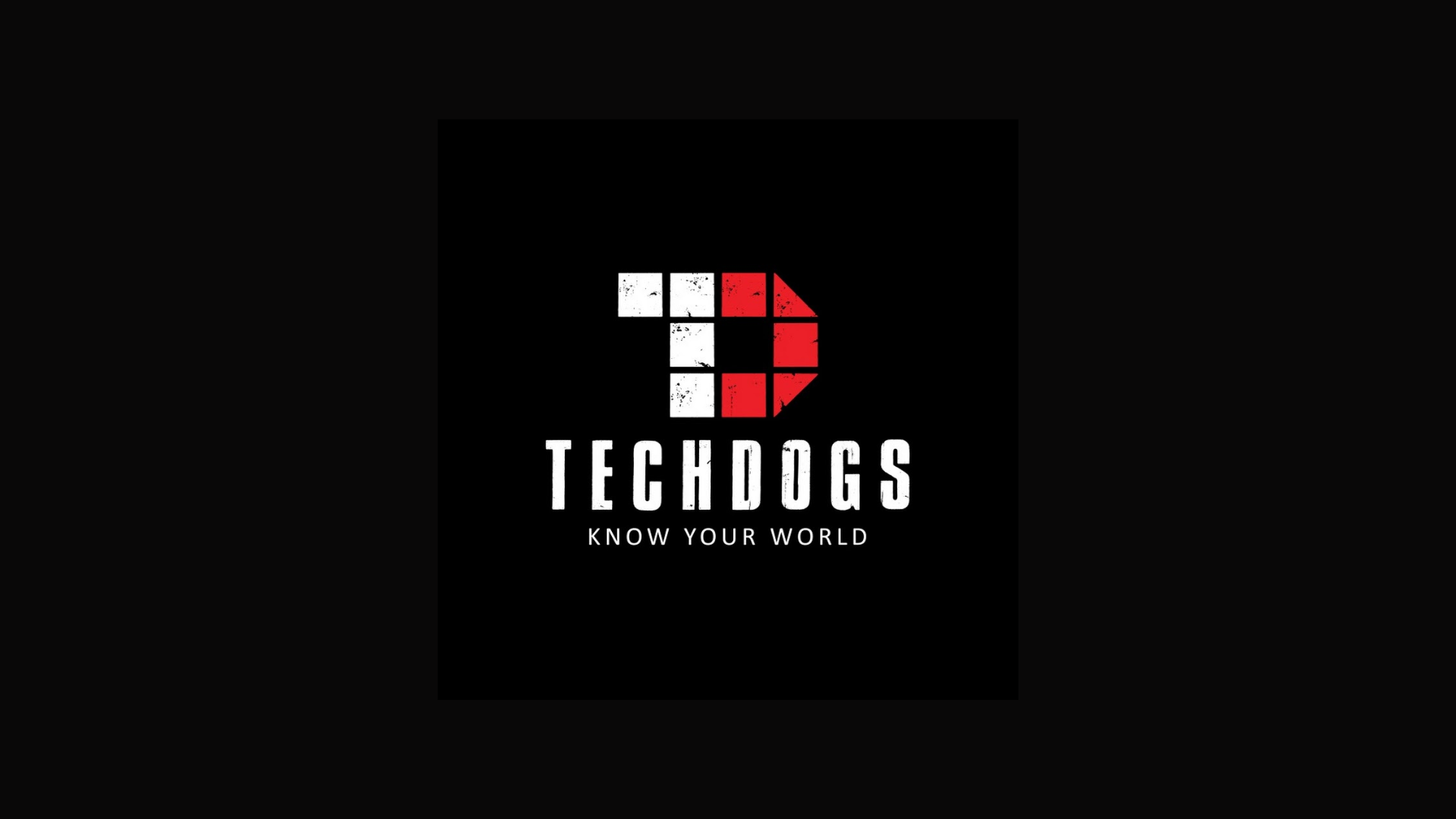What is AIOps?
AIOps stands for Artificial Intelligence for IT Operations. It combines big data, machine learning and data analytics to automate IT processes such as monitoring, event correlation, and incident response. The overall goal of AIOps is to improve the efficiency of IT operations.
Traditional IT operations rely heavily on manual (and human) interventions to manage systems, detect issues, and resolve problems. As the need for data processing increases and infrastructure becomes more complex, these manual processes simply aren’t sustainable. AIOps provides an alternative to manual intervention, and reduces its need, by automating routine tasks and providing predictive insights, helping IT teams to prevent issues before they occur and respond to incidents more effectively.
What’s the difference between AIOps and ITOps?
ITOps, short for IT Operations, refers to the management and maintenance of an organisation’s IT infrastructure. This includes everything from server management and network monitoring to cybersecurity. While ITOps is essential for keeping IT environments running smoothly, it is often reactive and manual, focusing on resolving issues after they arise.
AIOps, on the other hand, introduces a proactive element to IT management. By utilising AI and machine learning, AIOps can predict potential problems, automate routine tasks, and even offer solutions to complex issues without human intervention. While ITOps focuses on continuous operations, and simply keeping the lights on, AIOps aims to improve efficiency and reduce downtime by anticipating and resolving issues before they impact operations.
An exciting and tangible opportunity for AI
AIOps isn’t necessarily a new concept. AI and machine learning have been supporting IT for a number of years now, improving processes and helping businesses to navigate and infer vast amounts of data. However, the development and rise of genAI has catalysed the potential of AIOps, allowing its impact to become more widespread throughout an organisation, beyond simply the IT and operations teams. The combination of casual, predictive and generative AI provides a more holistic approach to IT management and fault resolution, rather than working with multiple disconnected tools in silos, as explored in this article from CIO.
Fundamentally, AIOps represents a significant opportunity for the application of AI in the real world and not just for tech teams. It’s not just a futuristic concept, or efforts that only impact a small part of a business’s operations, but about tangible solutions that can revolutionise IT management. Organisations that adopt AIOps can expect to see reduced operational costs, improved system reliability, and enhanced customer satisfaction.
As businesses increasingly rely on digital infrastructure, the ability to manage these environments efficiently and proactively is becoming critical for keeping operations up and running, as we saw recently with the CrowdStrike outage. That’s not to say that AIOps would have solved the outage, but it could have sounded an early alarm to help businesses prepare, rather than them being alerted once customer complaints or staff IT tickets started flowing in.
AIOps is more than just a buzzword. It’s a game-changer in IT, providing a robust framework for leveraging AI to improve operations and drive business success.











